

Be Strong but Gentle
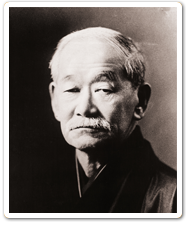
Judo(柔道 in chinese) was created as a physical, mental and moral teaching in Japan, in 1882, by Jigoro Kano . It is a form of modern martial art which later evolved into a combat and Olympic sport. Its most ubiquitous feature is its competitive element, where one is to either throw or takedown an opponent to the ground, immobilize or otherwise holding an opponent down with a pin, or force an opponent to surrender with a joint, lock or a choke. Strikes and thrusts by hands and feet as well as weapons defences are a part of judo, but only in pre-arranged forms and are not allowed in judo competition or free practice. A judo practitioner is called a judoka and they train in dojos. Click him to find out more!
The Gokyo no Waza is the standard categories of Judo throws originated in 1895. From 1920 to 1982 the Kodokan Gokyo no Waza was made up of 40 throws in 5 groups . Around the 100th anniversary of the Kodokan (1982) a group of 8 traditional Judo throws were recognized but had been taken out in 1920, and 17 newer techniques were recognized as official Kodokan Judo throws,the Shinmeisho no Waza. In 1997 the Kodokan added the last two additional Judo throws to the Shinmeisho no Waza.

Click on the image for demonstrations of some the throws! :)

南初柔道: Where I first picked up the sport and grew with this tight-knitted team.

The first thing your learn in judo isn't how to throw,
you learn how to fall and how to get up.
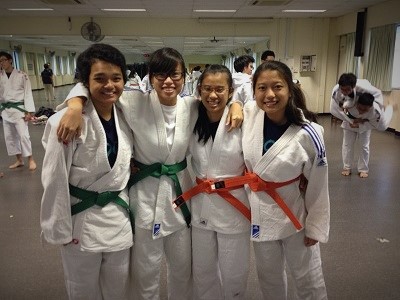
Judo etiquette is part and parcel of our classes, and is adhered to as a respect for the sport. Before the class starts, the instructor (sensei) sits first, then students sit from left to right, categorized by rank, before bowing to the sensei. When on the mats, we bow before entering the practice mats, and should we come in late, we bow to the sensei and explain our reason before joining the class.

Earning my first gold medal: Newaza Competition, Judo Women <57kg.
Competitions are where Judokas put their hard work and efforts to test. Examples of high level Judo competition in the international arena include the Judo World Championships (started in 1956) and the Olympic Games (started in 1964). Judo has been practised in Japan way before these competitions started, hence it is not surprising that they have clinched the most number of gold medals in the championships to date. Today, Judo is an international competitive sport and is practised by many around the world. In Singapore, schools participating in the A-Divisions include Nanyang JC, Catholic JC, Raffles JC and Hwa Chong JC.
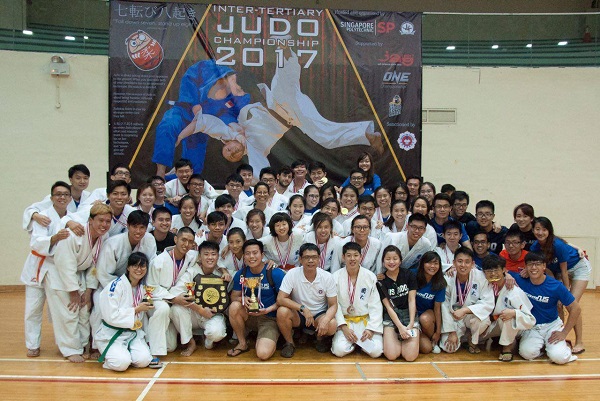
Inter-tertiary Judo Championship 2017: A memorable achievement for Team NUS as we managed to clinch the Shield - overall championship title.
Participating tertiary institutions include National University of Singapore (NUS), Nanyang Technological University (NTU), Singapore Management University (SMU), Singapore University of Technology and Design (SUTD), Singapore Polytechnic (SP), Ngee Ann Polytechnic (NP) and more.

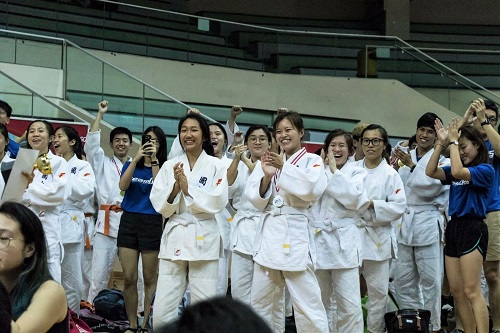
During intense matches, cheers and encouragement from teammates provide the mutual support needed to sustain our mental strength. Personally, I felt that our morale was at its best during the two days of competition, be it in face of wins or defeats.
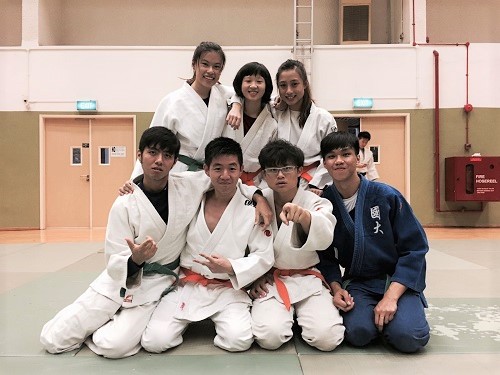
ITC Intermediate Team
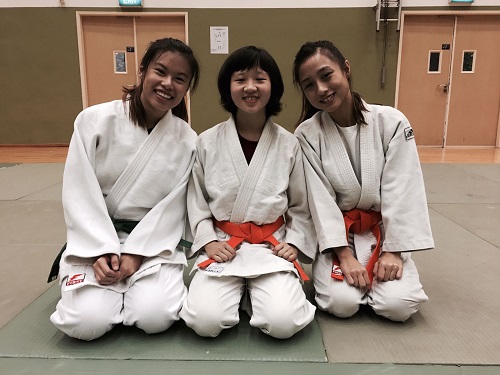
ITC Intermediate Team Girls

SA Judo Academy Open Championships
Judokas do not just train for that ONE important competition. We take part in several competitions beforehand to get ourselves ready.

Combined Judo Training - with fellow NYJC Alumni

"You can only fight the way you practise." - Miyatmoto Musashi

Our greatest glory consists not in never failing, but in rising every time we fall.

And finally... Through Judo, we grow to be resilient, confident and strong individuals, alongside our peers!